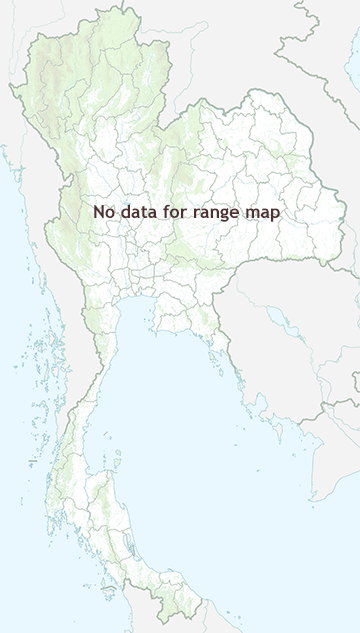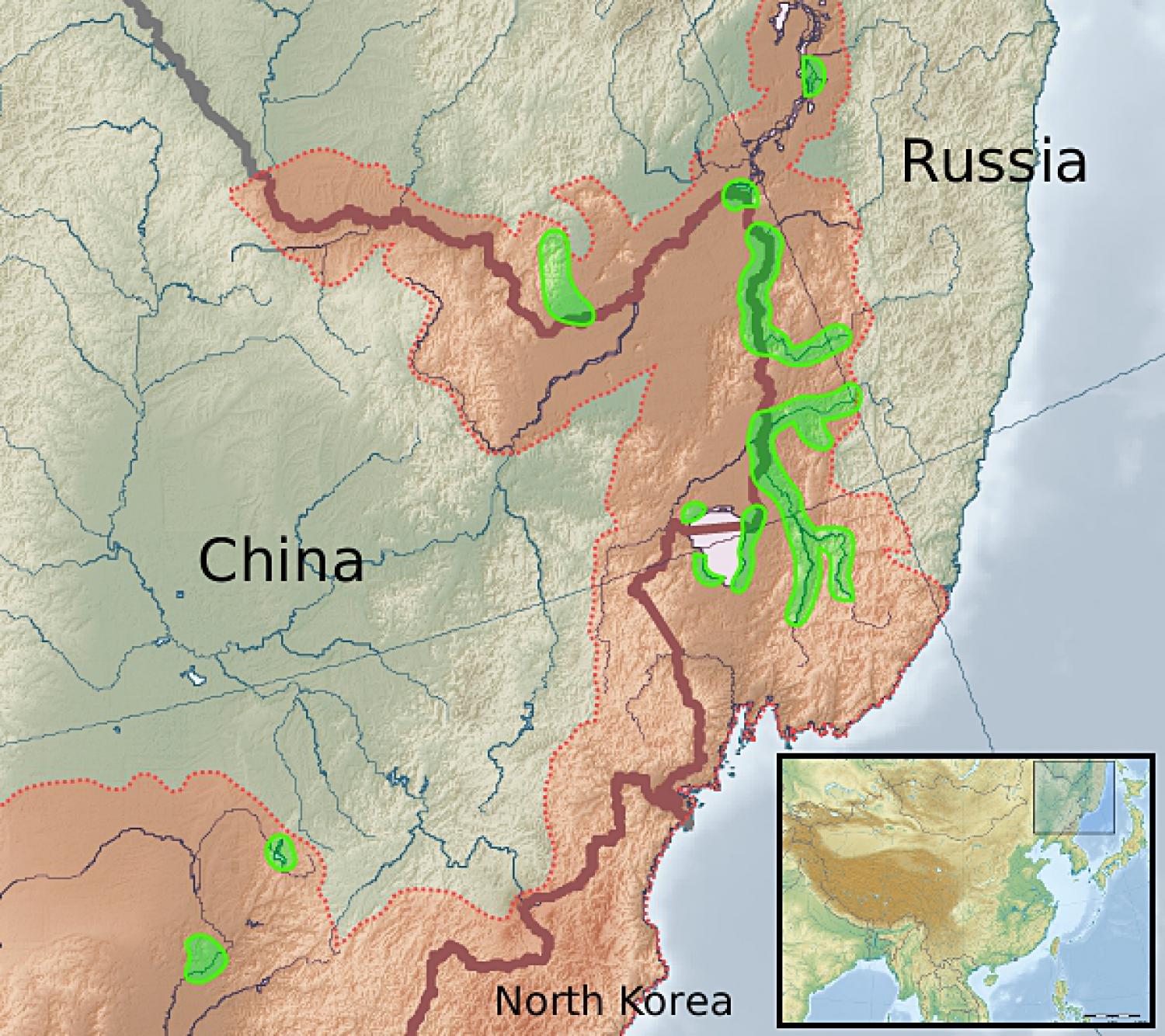Species of Thailand
Chinese softshell turtle
Pelodiscus sinensis
Arend Friedrich August Wiegmann, 1835
The Chinese softshell turtle (Pelodiscus sinensis) is a species of turtle that was first described by Arend Friedrich August Wiegmann in 1835 (as Trionyx sinensis). The species is also referred to as the Asiatic soft-shelled turtle. There is a subspecies japonicus which is sometimes erroneously listed as Pelodiscus japonica.
Description
The Chinese softshell turtle can reach a carapace length of 1 cm. It has webbed feet for swimming. They are called "softshell" because their carapace lacks horny scutes (scales). The carapace is leathery and pliable, particularly at the sides. The central part of the carapace has a layer of solid bone beneath it, as in other turtles, but this is absent at the outer edges. The light and flexible shell of these turtles allows them to move more easily in open water, or in muddy lake bottoms.
The carapace of these turtles is olive in color and may have dark blotches. The plastron is orange-red, and may also have large dark blotches. The limbs and head are olive dorsally with the forelimbs lighter and the hind-limbs orange-red ventrally. There are dark flecks on the head and dark lines that radiate from the eyes. The throat is mottled and there may be small, dark bars on the lips. A pair of dark blotches is found in front of the tail as well as a black band on the posterior side of each thigh.
Distribution
The Chinese softshell turtle is found in China (including Taiwan), North Vietnam, Korea, Japan and Russia.
It is difficult to determine its native range due to the long tradition of use as a food and "tonic" and subsequent spread by migrating people. The Chinese soft-shelled turtle has been introduced to Malaysia, Singapore, Thailand, Philippines, Timor, Batan Islands, Guam, some of the Hawaiian Islands, California, Massachusetts and Virginia.
Habitat
Chinese softshell turtles generally live in brackish water. In China these turtles are found in rivers, lakes, ponds, canals and creeks with slow currents, and in Hawaii they can be found in marshes and drainage ditches.
Diet
These turtles are predominantly carnivorous and the remains of fish, crustaceans, mollusks, insects, and seeds of marsh plants have been found in their stomachs. They forage at night.
Movement
With their long snout and tubelike nostrils, these turtles can "snorkel" in shallow water. When resting, they lie at the bottom, buried in sand or mud, lifting their head to breathe or snatch at prey. Their basking habit is not well developed.
Chinese softshell turtles often submerge their heads in water. This is because they carry a gene which produces a protein that allows them to secrete urea from their mouths. This adaptation helps them survive in brackish water by making it possible for them to excrete urea without drinking too much salty water. Rather than eliminating urea by urinating through their cloaca as most turtles do, which involves significant water loss, they simply rinse their mouths in the water.
When provoked, certain populations of these turtles are capable of excreting a foul smelling fluid from pores on the anterior edge of their shells.
Life cycle
These turtles reach sexual maturity sometime between 4 and 6 years of age. They mate at the surface or under water. A male will hold the female's carapace with its forelimbs and may bite at her head, neck, and limbs. Females may retain sperm for almost a year after copulation.
The females lay 8–30 eggs in a clutch and may lay from 2 to 5 clutches each year. The eggs are laid in a nest that is about 3 - across at the entrance. Eggs are spherical and average about 20 mm in diameter. After an incubation period of about 60 days, which may be longer or shorter depending upon temperature, the eggs hatch. Average hatchling carapace length is about 1 and width is also about 1. Sex of the hatchlings is not determined by incubation temperature.
Conservation
Wild populations are listed as vulnerable on the IUCN Red List.
Relations with humans
The Chinese softshell turtle is the turtle species raised on China's turtle farms. According to the data obtained from 684 Chinese turtle farms, they sold over 91 million turtles of this species every year; considering that these farms represented less than half of the 1, 499 registered turtle farms in China, the nationwide total could be over twice as high. These turtles are considered a delicacy in many parts of Asia. Turtle soup is made from this species. In Japan, they may be stewed with hōtō noodles and served as a winter delicacy. Many Koreans, even today, generally have a taboo against eating turtles which has origins in native Korean Shamanism.
These turtles can be injured if they are dropped or hit, and are susceptible to shell fungus. Within Europe, the turtle is a popular pet, particularly in countries such as Italy and the Czech Republic. Captives of this species will eat canned and fresh fish, canned dog food, raw beef, mice, frogs, and chicken.
Genetics
The genome of Pelodiscus sinensis was sequenced in 2013 to examine the development and evolution of the softshell turtle body plan.
This article uses material from Wikipedia released under the Creative Commons Attribution-Share-Alike Licence 3.0. Eventual photos shown in this page may or may not be from Wikipedia, please see the license details for photos in photo by-lines.
Scientific classification
- Kingdom
- Animalia
- Phylum
- Chordata
- Class
- Reptilia
- Order
- Testudines
- Family
- Trionychidae
- Genus
- Pelodiscus
- Species
- Pelodiscus sinensis
Common names
- German: Chinesische Weichschildkröte
- English: Chinese soft-shelled turtle
Conservation status

Vulnerable (IUCN2.3)
Photos
Please help us review our species pages if wrong photos are used or any other details in the page is wrong. We can be reached via our contact us page.
Range Map

